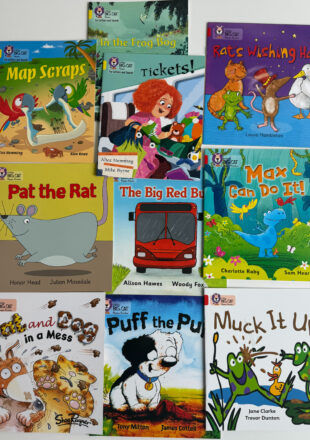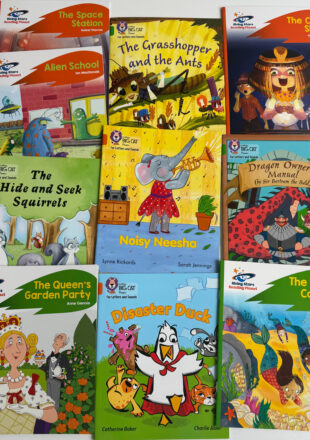Research repeatedly explains that it is essential to get it right when students are first learning to read. The bleak reality is that once students start to fall behind their peers, even with special funding and programs, it is difficult for many to catch up. With this in mind, this blog is devoted to early reading strategy. All ‘Foundation’ students around the country should have started to read by Term 3 and if schools have a proportion of students who are not yet able to ‘sound out’ even simple words, read on to learn about our top tips to establish early reading.
Tip 1: Consider Blending as an Early Reading Strategy
Blending is a vital pre-reading skill. Some students require significant attention focused in this area to stimulate a readiness to start decoding words. Many of these students present to the schooling system with risk factors such as a history of ear infections, speech and/or language delays or a genetic predisposition to dyslexia. It is imperative that phonemic blending is systematically taught in conjunction with the alphabet sounds and the following video provides an explanation of what blending is and how to develop this important skill.
Tip 2: Consider Decodable Readers as an Early Reading Strategy
Beginning readers progress more rapidly in their skills when provided with high-quality reading material. Initially, reading books should consist of VC and CVC decodable words and gradually introduce high-frequency words (HFW’s), phonic concepts and length. This should be reflected in the home reading series as well as the in-class group reading book sets.
Some schools have purchased whole language type readers while others have limited decodable readers, but not enough for the first years of reading. This means that although students may start with decodable readers, they then end up back on whole language type readers. There is also often an issue where many decodable reading sets progress too fast through the levels. Many students require repeated decoding opportunities to improve literacy outcomes and the school reading series may be letting them down.
NSW has recognised this issue and is funding $50 per student for high quality decodable reading books.
Tip 3: Structured Synthetic Phonics as an Early Reading Strategy
In order to maximise the literacy outcomes in the junior primary and to get as many students off to the positive start that they require, schools should move away from non-evidence-based processes. Classrooms implementing whole language phonics, scattered phonics, thematic approaches to spelling or more of a focus on sight words than structured phonics will result in disappointing literacy results.
Structured synthetic phonics is the gold standard approach and has been repeatedly shown to produce superior gains over dated approaches. PLD is one of the recommended evidence-based synthetic phonics programs and is associated with high-performing schools.
Tip 4: Consider Online Training as an Early Reading Strategy
PLD’s professional development programs provide educators with specialised skills and knowledge to more effectively cater for the early reading process and the implementation of synthetic phonics. These courses are perfect for educators requiring extra skills for working with:
We hope you enjoyed this blog. At PLD we are always available to help you achieve the best possible literacy outcomes for your students. If you have any questions about reading and blending or anything else we do here at PLD get in touch with us through our chat icon in the bottom right of the screen or to mail@pld-literacy.org.



 print
print







